
Art and Design in Victorian Soft Furniture: Comfort, Craft, and Character
Today’s chosen theme: Art and Design in Victorian Soft Furniture. Step into parlors where tufted sofas, rich damasks, and intricate trims shaped taste and conversation. Explore techniques, stories, and ideas to bring this enduring comfort and artistry into your home. Join the discussion and subscribe for more Victorian insights.
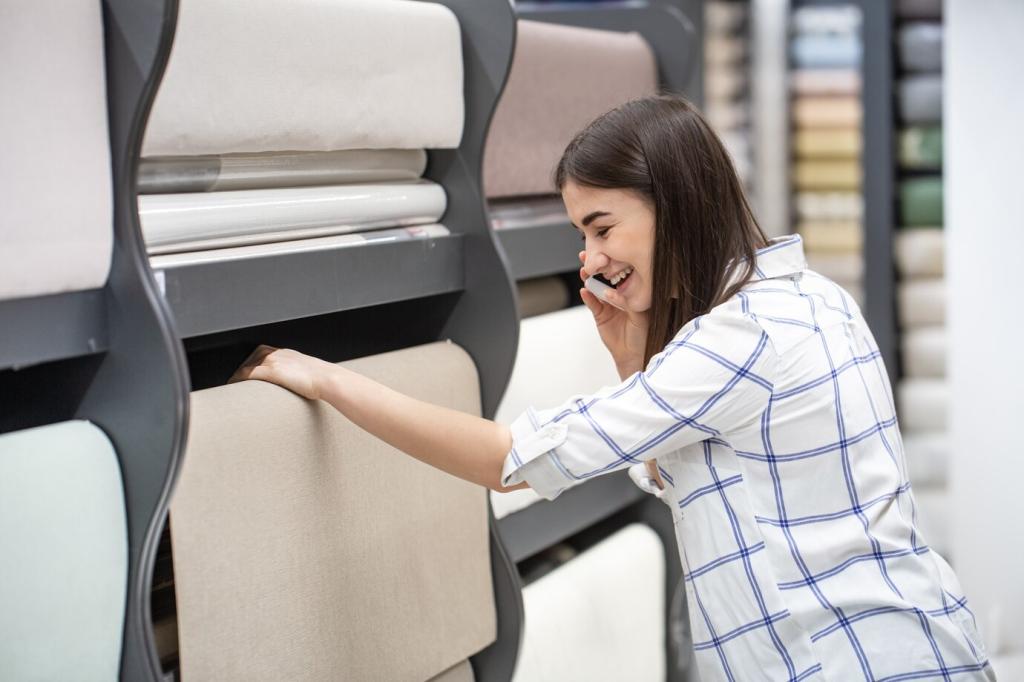
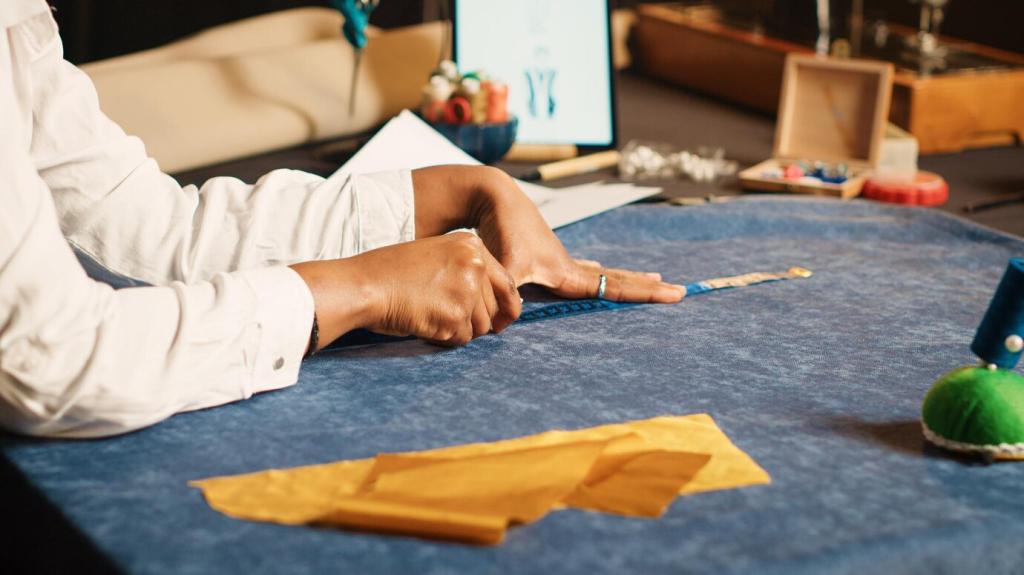
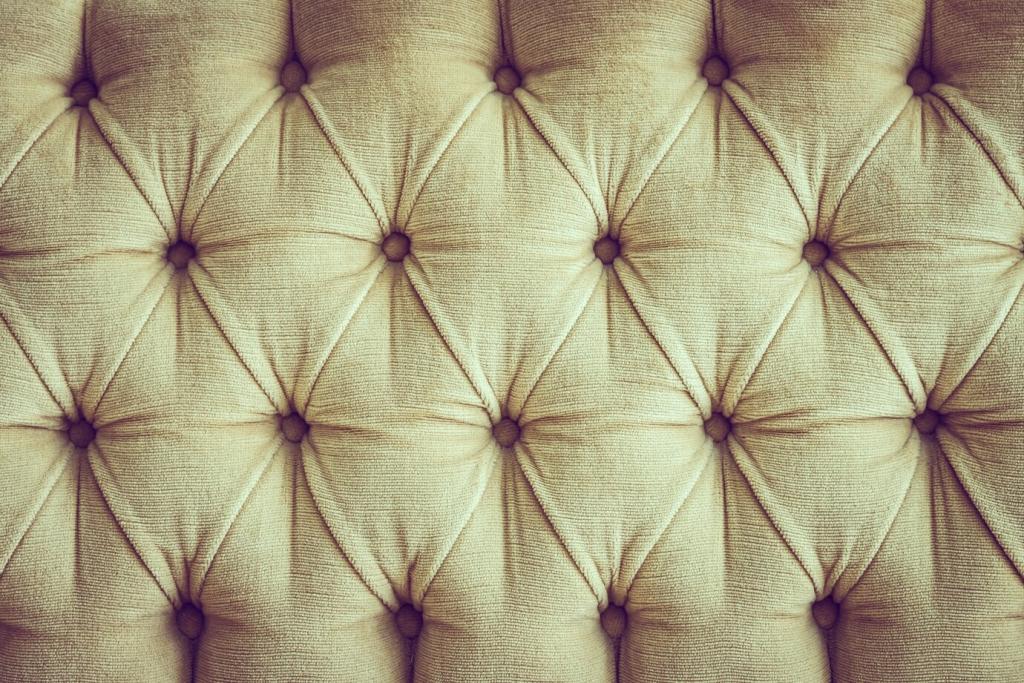
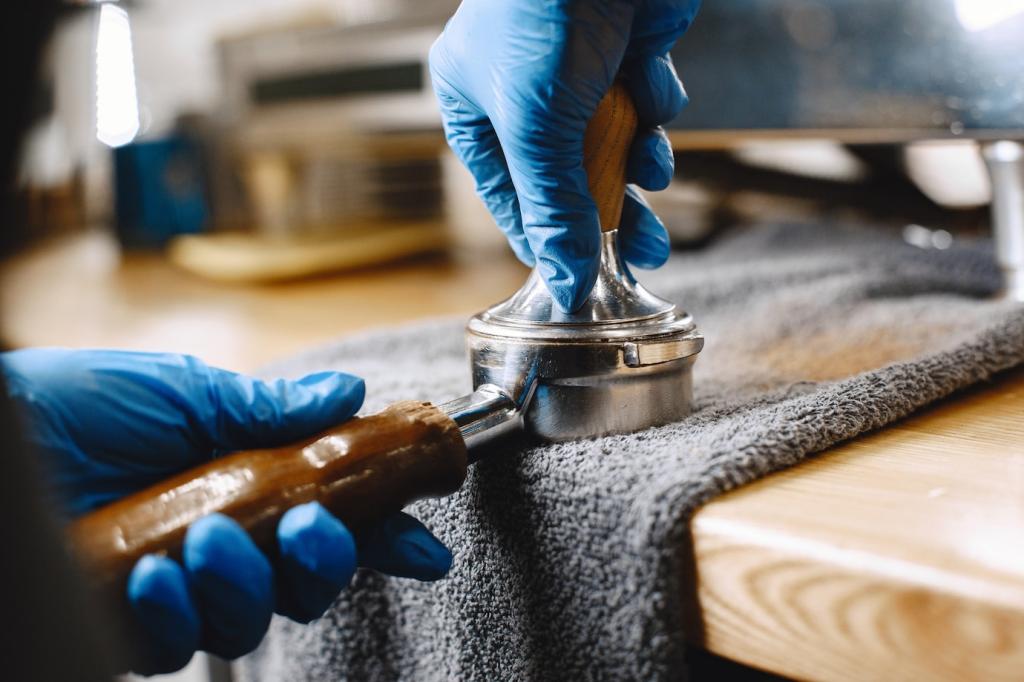
Etiquette on Upholstered Stages
Polished conversation unfolded on settees flanked by antimacassars protecting fabric from fashionable hair oils. The furniture gently choreographed behavior, guiding posture and proximity, turning every visit into a small drama where manners and upholstery worked together to make everyone feel seen and at ease.
A Courtship on a Settee
An old family tale tells of a nervous suitor tracing the gimp along a settee arm while mustering the courage to speak. The tactile trim soothed him, and the plush support steadied his voice. The proposal followed, and the settee became a treasured heirloom.
Tea, Calling Cards, and Ottomans
Ottomans served as generous islands for trays, albums, and resting feet after long walks. Between tea pours and exchanged calling cards, tufted tops held neatly arranged curios. Share your own heirloom memories and subscribe for more parlor stories shaped by fabric, foam, and family lore.
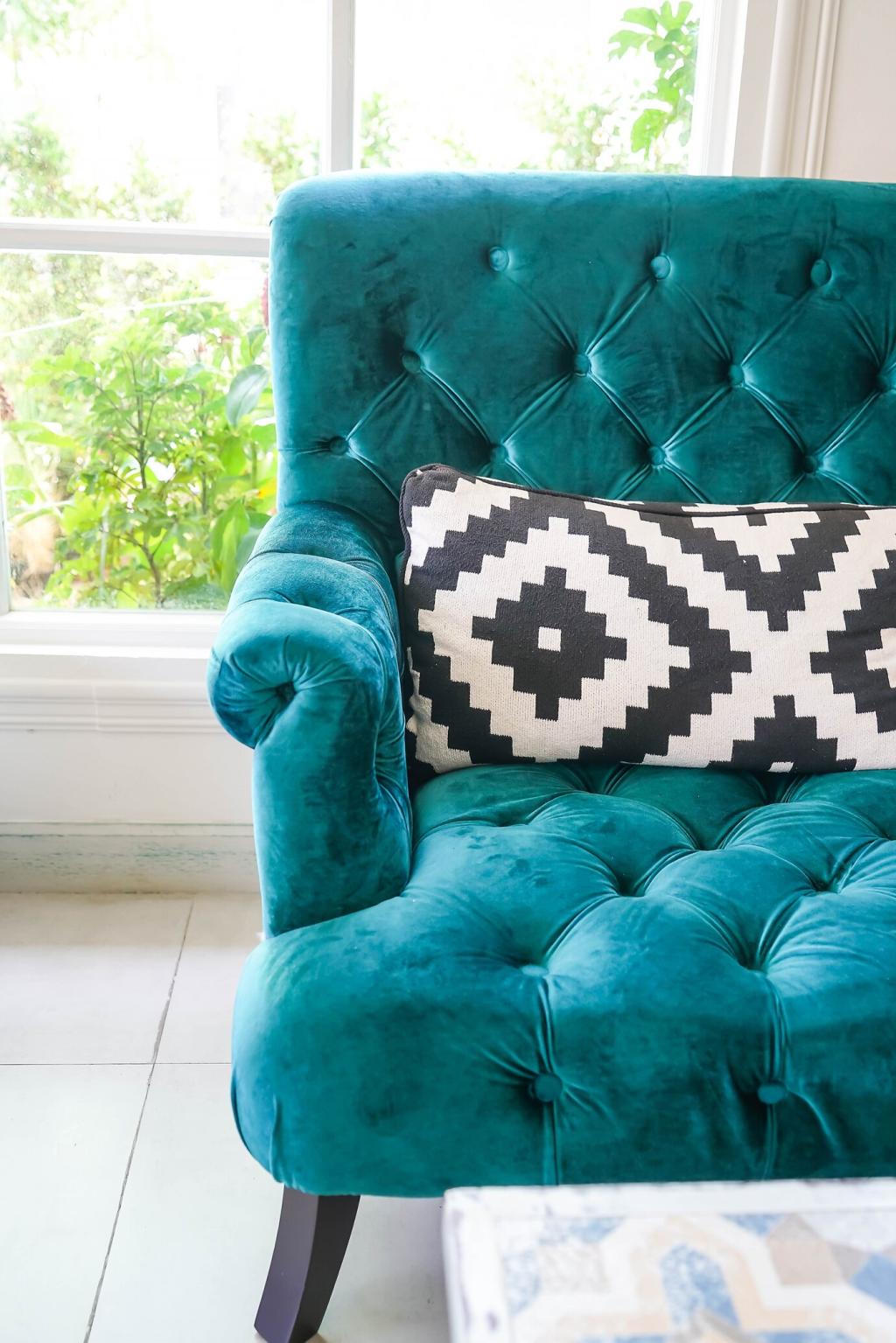
Movements Within the Era
Gothic Revival introduced pointed ornament and ecclesiastical flavor to cozy interiors. While frames might quote lancet arches, upholstery softened the effect with plush textures and botanical repeats, marrying moral seriousness with comfort. Chairs became sanctuaries, not just statements, under patterned textiles and warm lamplight.

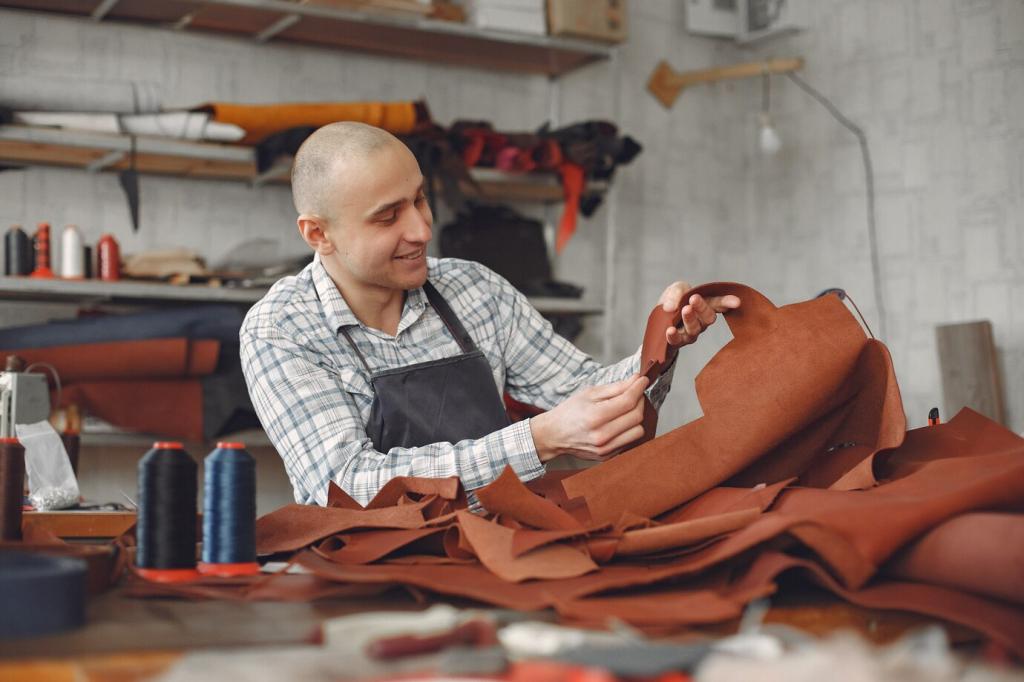
Movements Within the Era
Aesthetic interiors favored beauty for its own sake, with ebonized woods, peacock motifs, and embroidered cushions inspired by Japonisme. On sofas, restrained palettes met luxurious textures, proving that quiet harmony could be just as compelling as opulence. Design became poetry rather than proclamation.

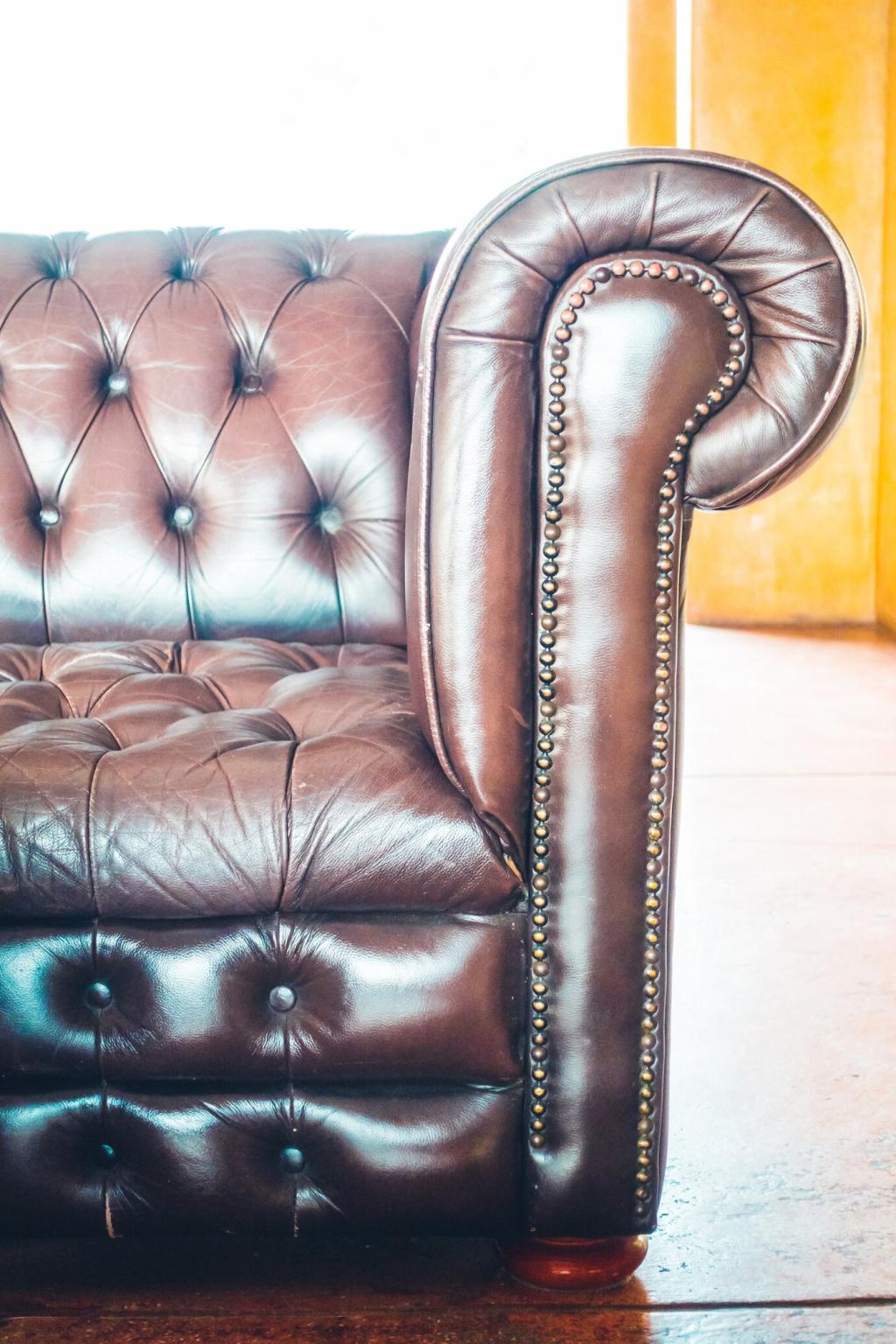
Collecting and Restoring with Confidence
Look for tight frames, original webbing patterns, and well-formed arms. Makers such as Howard and Sons sometimes left stamps on casters or frames. Consistent tufting depths and hand-sewn edges also signal care. Share photos of your finds, and we will help decode the details together.
Collecting and Restoring with Confidence
Retain horsehair when possible, refresh webbing, and choose springs tuned to the frame. If reupholstering, consider period-appropriate fabrics with durable modern linings. A faded chaise can reveal textile layers like tree rings, each repair telling a chapter in the piece’s long, comfortable life.
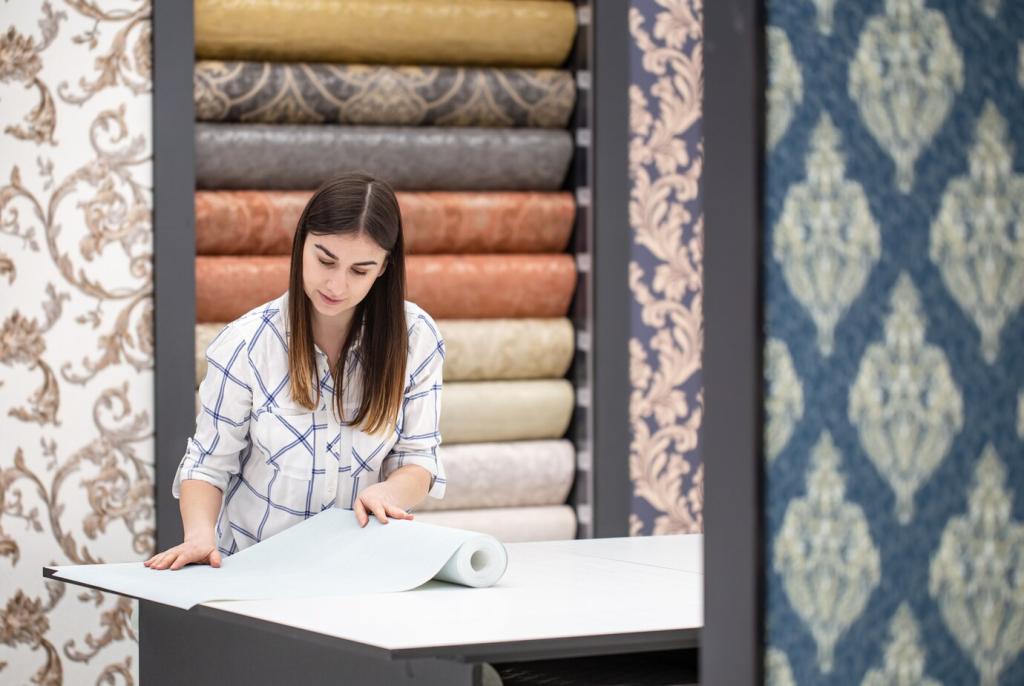
Living Victorian Today
Pair a tufted Victorian sofa with contemporary art and clean-lined tables to avoid pastiche. Let patina lead the palette, then echo one fabric color elsewhere. The result feels curated rather than costume, honoring history while staying firmly grounded in today’s rhythms and routines.
Living Victorian Today
Restoring an heirloom chair beats buying new, reducing waste while preserving craft knowledge. Natural fillings breathe, frames last, and fabrics can be replaced as styles evolve. Tell us how you have revived pieces at home, and inspire readers to choose longevity over quick turnover.
